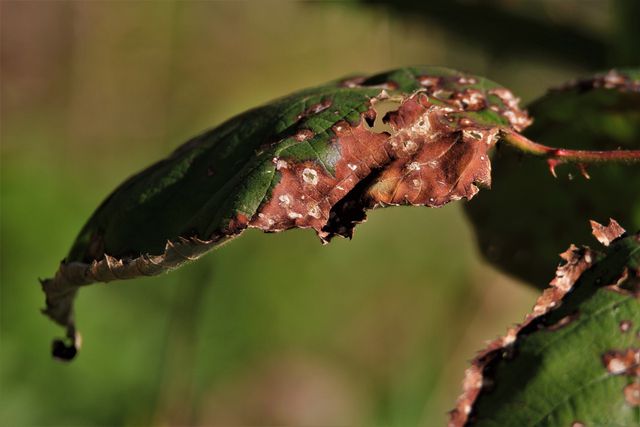Contents
Common causes of root rot
Root rot can be a major threat to both garden and houseplants. That’s because when the roots start to rot, the plant often dies soon after.
The following causes of root rot are the most common:
- Root rot caused by fungi: There are many different fungal pathogens that can attack the roots of your plants, causing root rot. Affected plants often get wilted spots and pale or yellow leaves. Unfortunately, it is often very difficult to determine exactly which fungus is causing your plants to rot, as there are many different fungal diseases that cause root rot.
- Root rot caused by bacteria: If certain bacteria invade your plants, the stems, fruits and leaves will quickly get soggy, squishy damaged spots. In this case, you must dispose of the affected specimens, because unfortunately there are no home remedies for bacterial root rot.
- Root rot caused by too frequent watering: Bacteria or fungi are not always to blame when the roots of your plants rot. Too wet soil in combination with too little oxygen also cause the roots to become soggy and rot. Potted plants in particular are often at risk of root rot because we tend to overwater them.
Detect root rot early

The sooner you notice root rot, the sooner you can try to save your plants. Therefore, it is important that you recognize the first signs quickly. Even if the roots are hidden under the soil, most plants will also show early signs above ground that something is wrong.
The following signs are the quickest way to recognize root rot:
- Wilty shoots: if your plant is getting more and more wilty over a short period of time, you may think at first that you need to water it more. However, by doing so, you will aggravate an incipient root rot. Therefore, always check first whether the soil of the plants is actually dry. A clear sign of root rot is when only a few shoots wilt or when your plants begin to wilt in the shade or under cloudy skies.
- Discolored leaves (chlorosis): Rotting roots can no longer transport enough nutrients to the above-ground parts of the plant. You can recognize this nutrient deficiency early on when the leaves of your plant turn light green or yellow.
- Plant is wobbly: If your plant no longer has a firm hold in the soil and wobbles back and forth in the pot, this may indicate that it is suffering from root rot. Plants whose roots are already completely rotten can often be pulled out of the ground very easily.
- Water in the planter: If you are concerned that your potted plant is suffering from root rot, pull it out of the pot. If there is water in the planter, you can be pretty sure that the plant’s root is rotting.
- Brown, mushy roots: If you want to be on the safe side, you should dig up your plant completely and look at the roots. Healthy roots can be recognized by the fact that they are white or light brown and firm. Sick roots, on the other hand, are often dark brown, soft or already mushy.
Combat and prevent root rot
Root rot caused by fungi is particularly difficult to combat in many plants. This is because fungicides usually do not reach the fungal pathogens in the soil and instead only cause more damage to the surrounding ecosystem. However, if you detect root rot early, for example in potted plants, you can try to free the plants from the wet soil and thus still save them.
Immediate measures for root rot:
- Pot up the diseased plant and cut off all rotting roots completely.
- Hold the root ball under running water and rinse it well.
- Take a new pot and fill it with fresh peat-free soil, into which you reinsert the plant.
- Keep the soil dry for the next few weeks to allow the plant to recover.
Since root rot spreads very quickly throughout the plant, you often can’t do much more than quickly remove the affected plants so that neighboring plants don’t become infected. Prevention is therefore the best medicine, and there are many remedies that you can use to strengthen your plants and protect them from rotting roots.
Here’s how you can prevent root rot:
Choose the right location: Waterlogging can be particularly common in heavy and heavily compacted soil. Therefore, if possible, you should place your plants in the garden in a place with loose, well-drained soil. You can loosen up heavy soil by mixing some sand and compost into the soil.
Avoid waterlogging: Be sure to water your plants only when the top layer of soil has dried slightly. With potted plants, always check whether there is still water in the planter. If you empty the planters regularly, you can prevent your plants from drowning and developing root rot.
Strengthen plants: To protect your plants from root rot and other diseases, you can water them with various plant soaks. Diluted horsetail broth or garlic tea, for example, are good ways to give your plants a little energy boost.

